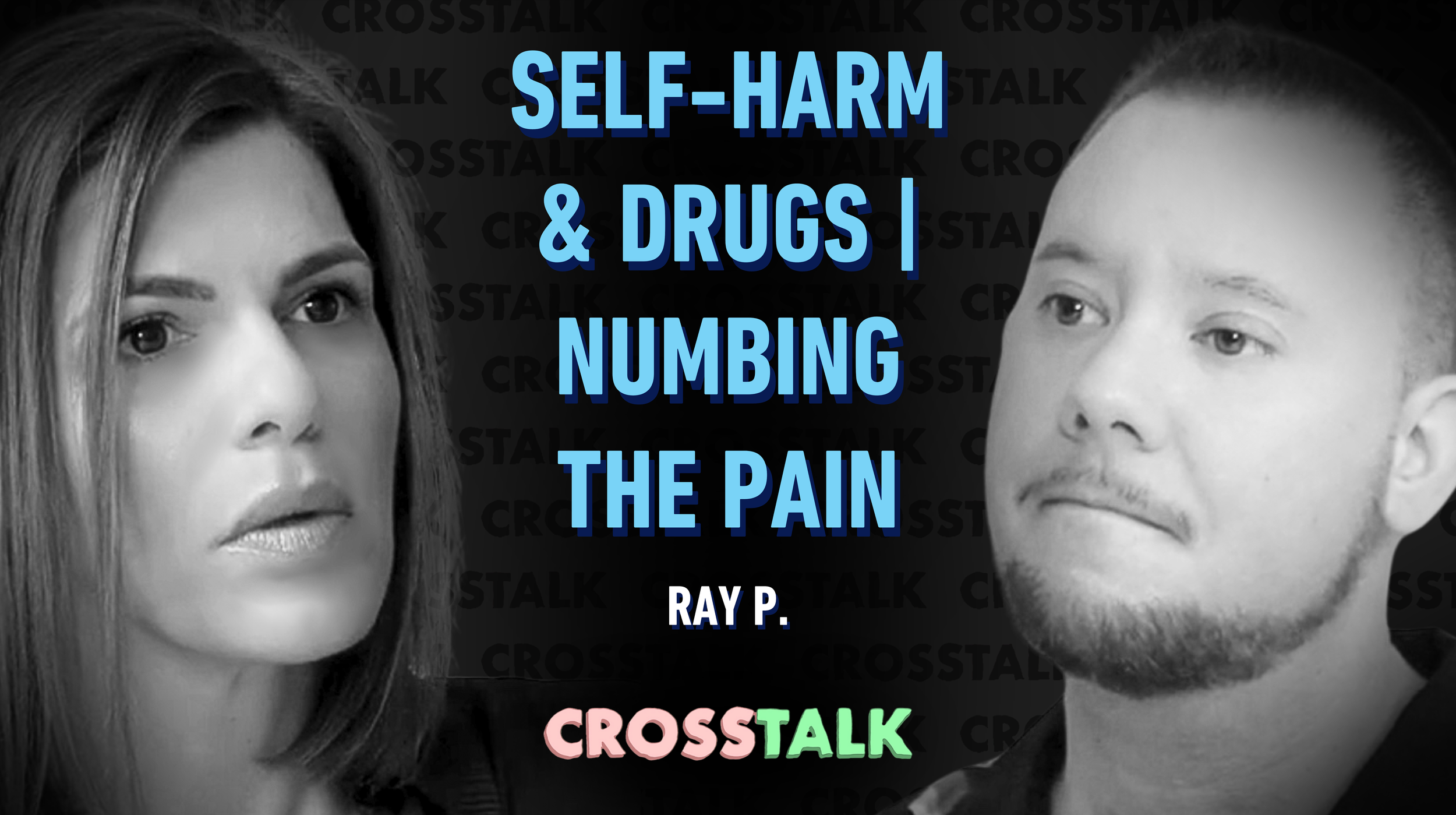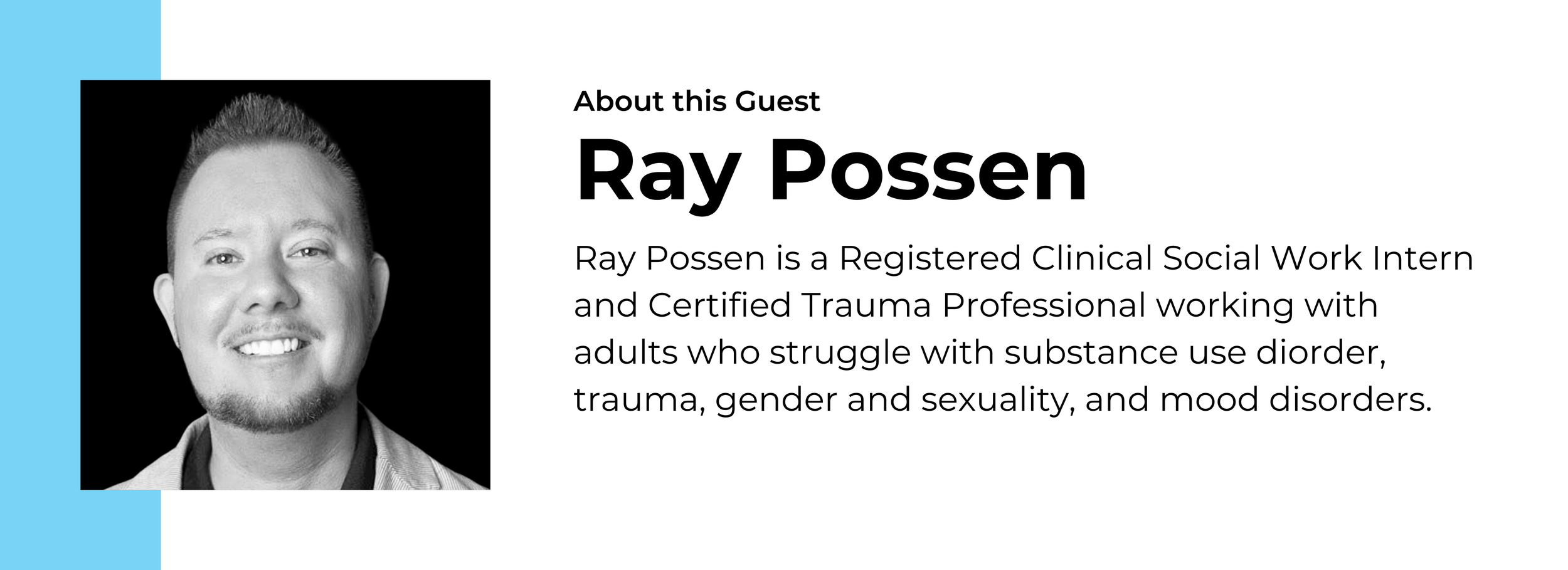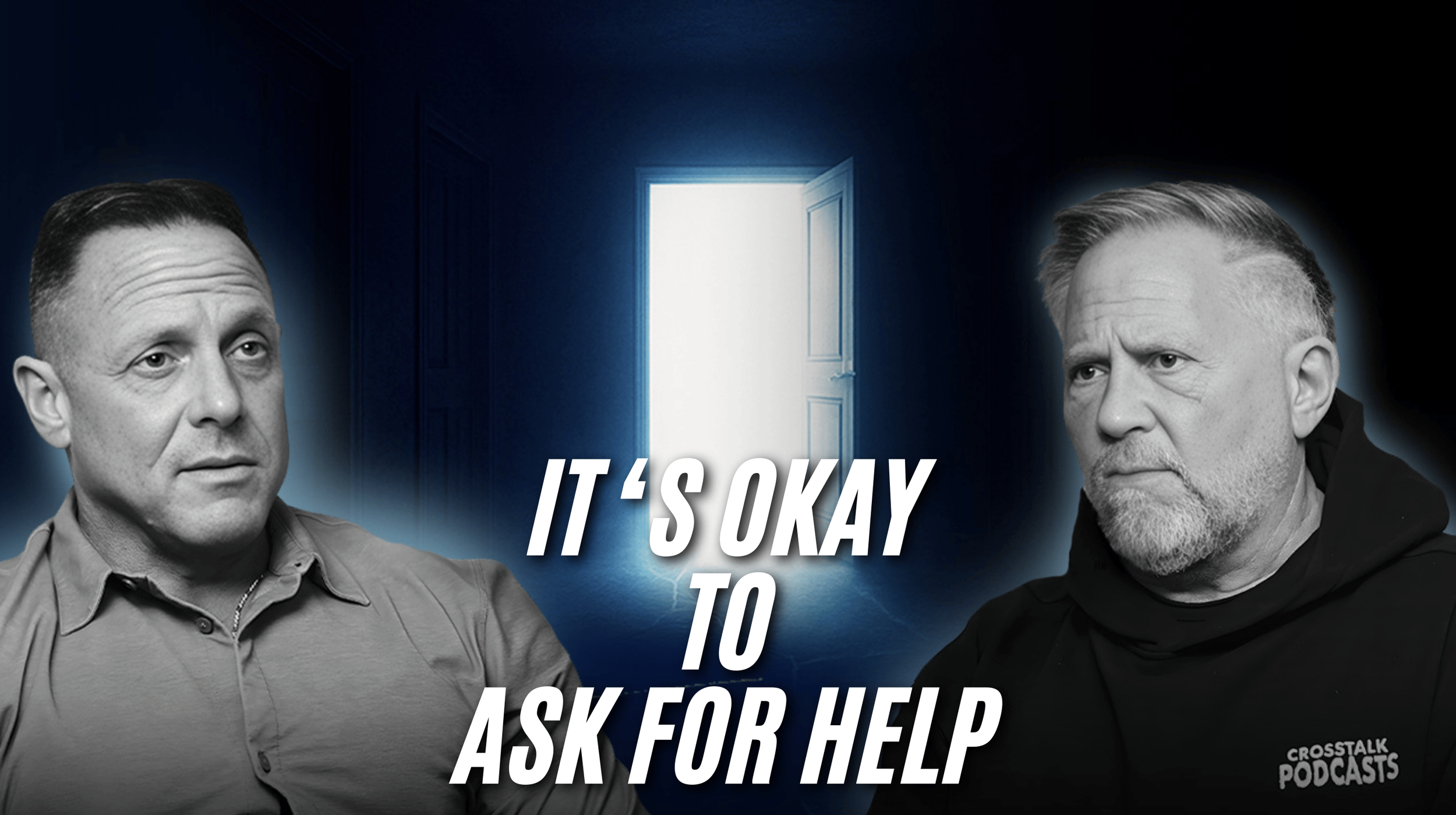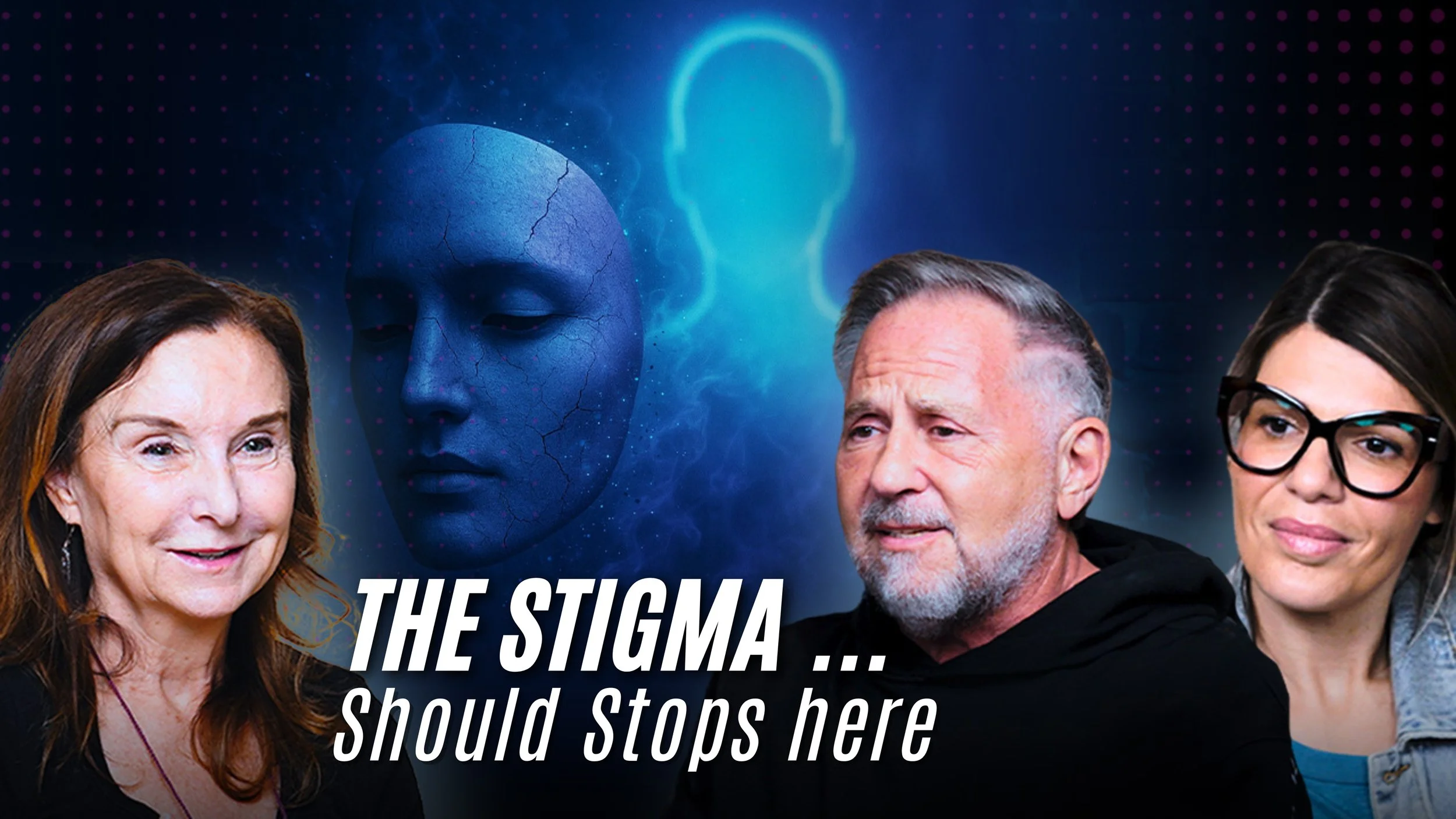ADOPTED & LOST | Battling ADDICTION, IDENTITY, SELF-HARM and REDEMPTION
Listen or watch on your favorite platforms
Show Notes
Meet Ray, a resilient individual whose story is marked by profound challenges and an inspiring recovery. Growing up feeling different, Ry turned to self-harm and restrictive eating in her early years, setting the stage for a later battle with substance abuse.
Growing Up
Ray’s early years were marked by a sense of difference and disconnect. Raised in a strict Orthodox Jewish household, he struggled with his identity, feeling constantly out of place in his family and community. Diagnosed with ADHD at a young age, Ray battled feelings of inadequacy and failure, often feeling isolated. “I always knew I was different,” he recalls, “but I didn’t know why.” His academic struggles, compounded by a strict religious upbringing, left his feeling trapped and unable to express himself freely.
First Encounter with Addiction
Ray’s first encounter with addiction wasn’t with drugs or alcohol but with self-harm and disordered eating, which became his initial means of coping with overwhelming emotions. High school marked the beginning of a dark period where self-harm became a daily ritual, a way to exert control over his life. “It was my first drug,” he admits, “I could control the pain, and it made everything else disappear.” The relief, though temporary, fueled a deeper descent into addiction that would later involve substances.
Active Addiction
College was a pivotal turning point for Ray. With newfound freedom from his restrictive upbringing, he dove headfirst into substances. Alcohol, marijuana, and prescription painkillers became staples of his everyday life, numbing his unresolved pain. He recalls, “I was finally free, but I had no idea how to handle it.” The consequences were severe: failing grades, broken relationships, and eventually losing his job. “I didn’t care what I lost,” he said. “Nothing mattered as long as I was numb.”
Hitting Bottom
Ray’s rock bottom was a culmination of years of denial and reckless behavior. The turning point came during a period of severe substance abuse when seizures became a regular occurrence. “I was terrified that I would lose my sanity,” Ray shares, describing how the reality of his life finally began to set in. He lost his partner, nearly died multiple times, and had resigned himself to a hopeless future. Yet, the real fear wasn’t death; it was losing his mind completely, which drove his to seek help.
Getting Help
Ray’s decision to seek help was driven by desperation and a glimmer of self-preservation. He entered treatment, expecting luxury but finding instead a place that would strip away his defenses and challenge him at every turn. “I had to surrender,” he says. Therapy and a strong, no-nonsense sponsor helped his face his trauma and rebuild his life piece by piece. For the first time, he learned what true accountability and self-awareness felt like. “I was forced to surrender until I could surrender for myself.”
Life Today
Today, Ray’s life is a testament to the power of recovery. He has rebuilt relationships, found joy in simple pleasures, and continues to work on his sobriety every day. “I’ve found a sense of ease that I never thought was possible,” he says with a smile. Sobriety has allowed him to reconnect with his authentic self, turning his pain into strength and his story into a source of hope for others struggling with addiction. Ray’s journey reminds us that no matter how far down you’ve gone, there’s always a way back up.
FAQs
What are common signs of addiction?
Addictive behaviors often start with isolation, secrecy, and a growing dependency on substances or actions.
Can addiction be treated without traditional 12-step programs?
Yes, there are multiple paths to recovery, including therapy, medication, and holistic approaches.
What does hitting bottom look like?
It’s different for everyone, but it often involves reaching a point where continuing as before is no longer sustainable.
How can I support a loved one struggling with addiction?
Offer non-judgmental support, encourage them to seek help, and set healthy boundaries.
What are the first steps to recovery?
Acknowledging the problem, seeking professional help, and building a support network are key first steps.
Related episodes
ABOUT CROSSTALK
CROSSTALK reveals real stories of everyday people and notable figures, sharing their journeys from struggles to life-changing 'aha' moments with all kinds .




















